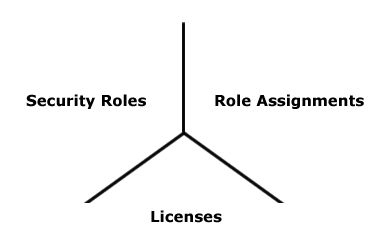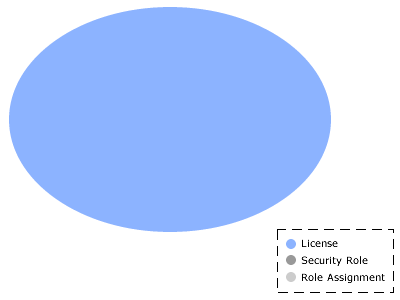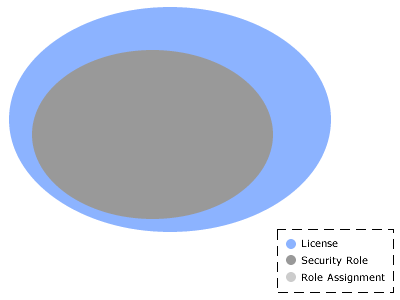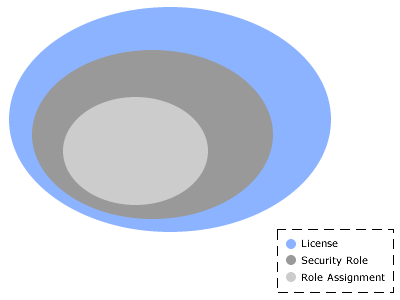Overview
The structure of this framework is made up of three separate security elements: licenses, security roles, and work item role assignments. The combination of these security elements defines your overall security policy.

Setting Up Agile Planner → System Settings → Security → About Security
Data is integrated from a wide variety of sources that may encompass sensitive project and resource information. To provide secure and controlled access across to your data, a multi-layered application security framework is used. This framework enables you to define user access both at a system and individual work item level. Designing a security policy that meets the needs of your organization requires careful planning and a thorough understanding of the security framework.
The structure of this framework is made up of three separate security elements: licenses, security roles, and work item role assignments. The combination of these security elements defines your overall security policy.

Licenses are the foundation of the security model. There are two types of licenses: a base license that provides access to a limited set of functionality and a full license that provides access to the full application. A license is assigned individually to each user, providing the ability to log on and defining user access to modules and views. Essentially, a license defines the maximum possible access a user can be given to modules and views. Think of the license as a large container; it holds a user's greatest potential access to the application.

Security roles are basically a collection of individual permissions and define the level of access for users and groups and functions they can perform. The permissions structure enables you to specify the precise level of access for the security role, and to the individual views, dimensions, and user actions. Licensed users are put in groups, which are then assigned to a security role. When user access provided by a security role is combined with the potential access granted by the license, the net result is the most restrictive level of access.
When security roles and licenses are combined, the result is restrictive. However, users and groups can belong to more than one security role. In this case, the user access from each security role is cumulative, but only to the extent provided by the license.

A role assignment is the last layer in the security framework. Role assignments define user and group access to a specific work item or work item portfolios. The security role assignment is actually part of the work item's properties. This is the final step in determining a the level of access for a user or group. A user can have a full license and have unrestricted access via their security role, and will not have access to a work item without a appropriate role assignment.
Combining licenses, security roles, and role assignments effectively can provide the appropriate level of access and visibility into data. In fact, when combined with a well-designed structure, you can virtually isolate a work item and entire projects from unauthorized access.

If you assign a security role permission to edit the properties of a work item in the work item hierarchy, that permission will be inherited by all of that work item's children. It is possible to restrict permission to edit an work item's children, but it is not possible to restrict permission to view an work item's children.